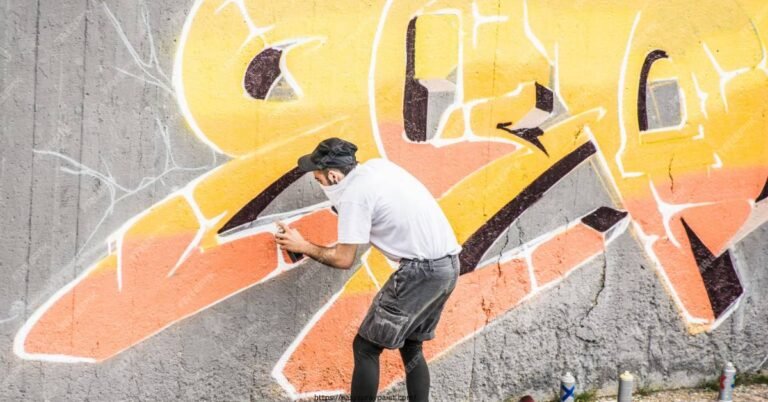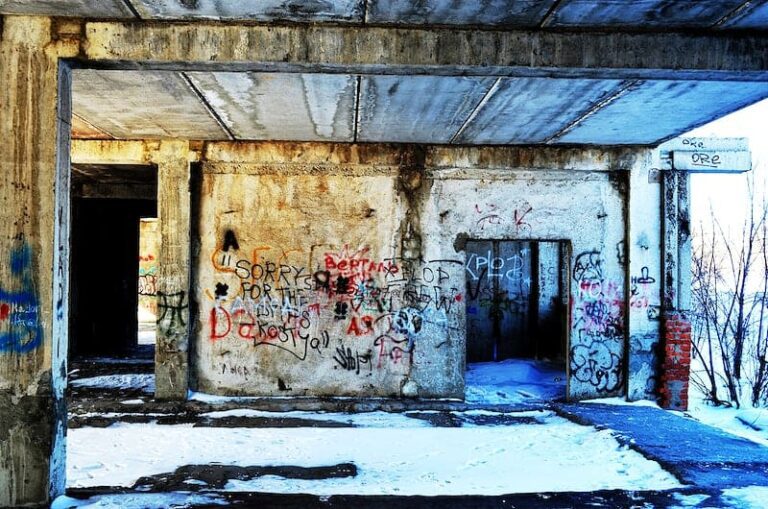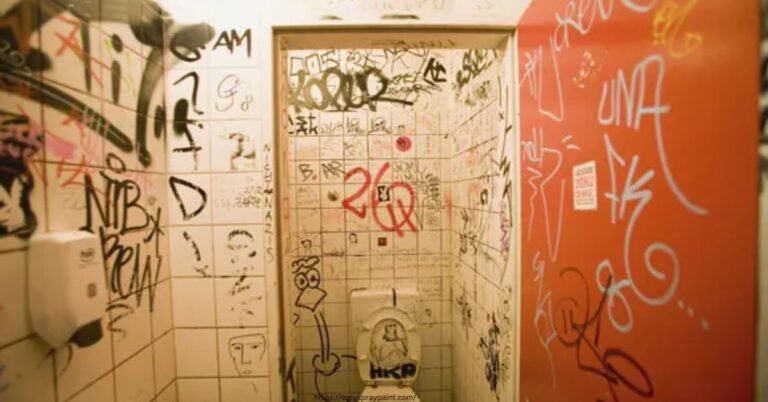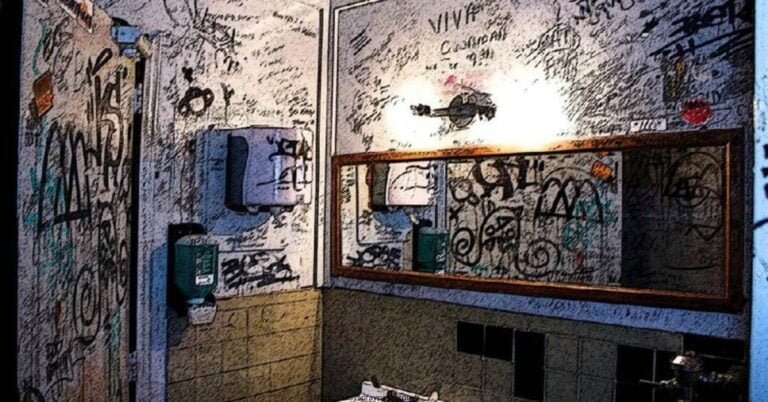How Much Do You Think It Costs Historic Sites To Clean Graffiti?
Costs Historic Sites To Clean Graffiti; Graffiti on historic sites isn’t just an eyesore; it’s a costly challenge. In cities like San Francisco, removing graffiti can cost $1000, reflecting the delicate balance between preserving history and maintaining modern aesthetics. Unlike newer structures, historic sites require specialized, non-damaging removal methods. This article dives into the complexities and costs of graffiti removal from these precious landmarks, highlighting the need to protect our heritage while managing urban expression. Join us in exploring this critical aspect of conservation.
Why do historic sites face graffiti?
Historic sites often become targets for graffiti due to their public accessibility and cultural significance. These locations, revered for their historical value, can attract vandals seeking a canvas for their messages or artwork. The act of graffiti, ranging from simple tags to elaborate murals, can be motivated by various factors including rebellion, artistic expression, or social commentary. Unfortunately, while some graffiti may carry artistic or historical significance, most instances are seen as defacement, compromising the site’s integrity and necessitating costly clean-up efforts.

Which regions exhibit a higher prevalence of graffiti on historic sites?
The prevalence of graffiti on historic sites varies by region, often correlating with urban density and tourist traffic. Cities with rich cultural heritage and high visitor numbers, such as Rome, Paris, and New York City, frequently report graffiti incidents. These urban areas, bustling with activity, provide vandals with both a large audience and numerous historic canvases. Conversely, remote or less frequented historic sites may face fewer graffiti challenges, though they are not immune to such acts.
How do laws contribute to the prevention of graffiti on historic sites?
Laws play a crucial role in graffiti prevention at historic sites. Strict anti-graffiti legislation, coupled with penalties for vandalism, acts as a deterrent. Many countries and regions impose fines, community service, or even imprisonment for defacing historic properties. Additionally, laws that regulate the sale of spray paint and markers to minors, and the establishment of designated graffiti zones, can help reduce incidents. Effective law enforcement and community awareness programs further reinforce these legal frameworks, contributing to the preservation of historic sites.
What factors influence the cost of cleaning historic sites?
The cost of cleaning graffiti from historic sites is influenced by several factors:
- Method of Removal: Choices range from chemical solvents to physical abrasion, with some methods being more expensive than others.
- Surface Material: Delicate materials like limestone or frescoes require gentler, often more costly, methods.
- Extent of Graffiti: Larger or more intricate graffiti increases cleaning time and resource use.
- Location Accessibility: Hard-to-reach areas may require special equipment or scaffolding.
- Environmental and Health Considerations: Safe disposal of chemicals and use of protective gear can add to the costs.
- Preventative Measures: Investing in anti-graffiti coatings or surveillance systems to deter future incidents is a long-term cost consideration.
How Much Do You Think It?
The cost of graffiti removal from historic sites can vary widely, but on average, it could range from $1.50 to $10 per square foot, depending on several factors such as the location, size of the graffiti, and the methods used. In some cases, for large or complex projects at historical sites, the cost can escalate to several thousands of dollars. For instance, removing graffiti from a large historic monument could easily cost upwards of $10,000 or more, especially if specialized cleaning methods and conservation experts are required.
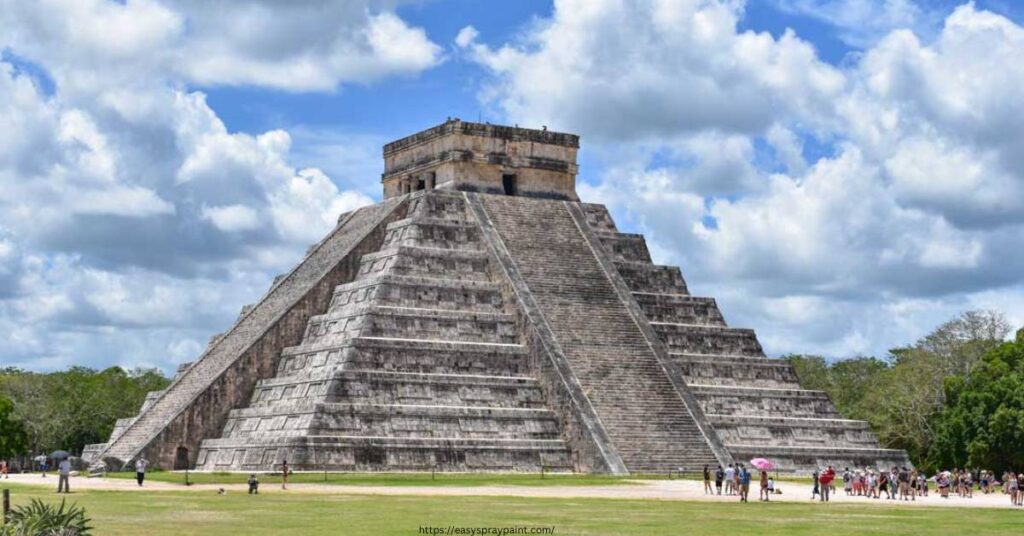
How often do historic sites face graffiti, and what’s the financial impact?
The frequency of graffiti at historic sites varies, but many face it regularly, especially in urban settings. The financial impact is substantial, not just in direct removal costs but also in terms of ongoing maintenance and preventive measures. Historic England, for instance, notes that the cost of graffiti removal can be significant, factoring in the careful methods required for sensitive historical surfaces. Additionally, frequent graffiti incidents necessitate a consistent allocation of resources, impacting the overall budget for site preservation and maintenance.
Which historic site experienced a graffiti that stirred significant attention?
One notable example is the ancient Alhambra Palace in Spain, which experienced graffiti vandalism in 2014. This incident drew significant attention due to the site’s UNESCO World Heritage status and the delicate nature of its Islamic art and architecture. The graffiti, carved onto a wall, posed a challenging conservation issue, stirring a debate about balancing public access with preservation. Such high-profile cases highlight the ongoing struggle to protect cultural heritage from vandalism.
How can we efficiently clean graffiti from important historical locations?
Efficient graffiti cleaning from historical locations involves:
- Choosing Appropriate Methods: Opting for the least aggressive yet effective method, like gentle washing or solvent poultices, to avoid damaging the historical fabric.
- Conducting Preliminary Tests: Testing cleaning methods on small, inconspicuous areas to gauge effectiveness and risk of damage.
- Hiring Specialists: Engaging professionals experienced in historical conservation to ensure proper handling and use of suitable techniques.
- Implementing Preventative Measures: Using anti-graffiti coatings and surveillance to deter future vandalism.
- Community Engagement: Involving local communities in preservation efforts to foster a sense of ownership and deter graffiti.
Which methods are most effective in preserving historical integrity while removing graffiti?
The most effective methods for preserving historical integrity during graffiti removal include:
- Low-Pressure Water Washing: Ideal for fresh, water-soluble graffiti.
- Chemical Poultices: Effective for older, more stubborn graffiti, using solvents applied with care to avoid damage.
- Laser Cleaning: A non-contact method suitable for delicate surfaces, though costly and requiring specialized expertise.
- Micro-Abrasion: Used under controlled conditions for specific types of masonry.
- Conservation Expertise: Consulting with conservation experts to determine the best approach for each unique case.
How does a site’s age impact the cost of graffiti cleaning?
The age of a historic site significantly impacts graffiti cleaning costs. Older sites often have more delicate surfaces that require gentler, more time-consuming, and therefore costlier cleaning methods. Furthermore, the historical value of the site can necessitate the involvement of conservation specialists to ensure that the cleaning process does not compromise the site’s integrity. These factors combined can escalate the costs compared to cleaning graffiti from newer, more resilient structures.

What challenges arise when removing graffiti from historical artifacts?
Challenges in Removing Graffiti from Historical Artifacts:
- Material Sensitivity: Historical artifacts are often made from delicate materials, which can be damaged by harsh cleaning methods.
- Aging and Deterioration: Over time, artifacts deteriorate. Cleaning methods must consider this to prevent further damage.
- Preservation of Originality: Ensuring the original state and appearance of the artifact is preserved during graffiti removal is a significant challenge.
- Chemical Damage Risk: The use of chemicals can pose a risk of damage or discoloration to the artifact.
- Limited Accessibility: Some artifacts are in locations that are difficult to access, making graffiti removal more challenging.
- Compliance with Preservation Laws: Ensuring that graffiti removal complies with laws and regulations governing the preservation of historical artifacts.
- Balancing Cost and Care: Finding a cost-effective method that does not compromise the integrity of the artifact.
Is preventing graffiti more budget-friendly than cleaning it off historic sites?
Preventing graffiti is often more budget-friendly compared to cleaning it off historic sites. Prevention strategies like anti-graffiti coatings, surveillance, and public awareness campaigns can be effective and less invasive than the cleaning process. Cleaning, especially from historic sites, requires specialized techniques and materials to avoid damage. The use of gentle, non-abrasive methods to preserve the integrity of the site often involves higher costs due to the expertise and materials needed. In contrast, preventive measures provide a more sustainable and cost-effective approach to protecting historic sites from graffiti.
What techniques are needed for graffiti removal on ancient structures?
Techniques Needed for Graffiti Removal on Ancient Structures:
- Gentle Cleaning Agents: Use of non-abrasive and pH-neutral cleaning agents to avoid damaging the ancient structure.
- Laser Cleaning: Employing laser technology for precise and controlled removal of graffiti without harming the underlying surface.
- Micro-Abrasive Blasting: Utilizing fine particles at low pressure to gently remove graffiti.
- Steam Cleaning: Using steam at controlled temperatures and pressures to lift graffiti.
- Biological Cleaning Agents: Applying specially formulated enzymes and bacteria to break down graffiti.
- Protective Coatings: Application of protective coatings that make future graffiti easier to remove without damaging the structure.
- Manual Techniques: Employing manual methods like soft brushes and sponges for delicate areas.

How do environmental factors affect the cost of graffiti removal at heritage sites?
Environmental factors significantly influence the cost of graffiti removal at heritage sites. The need for environmentally friendly cleaning methods that do not harm the site or surrounding ecosystem can increase costs. For instance, the use of low-impact, chemical-free cleaning agents and techniques is often more expensive than conventional methods.
Additionally, compliance with environmental regulations and laws, especially in protected areas, can add to the overall cost. This includes potential costs for environmental impact assessments, obtaining necessary permits, and ensuring that any runoff or waste from the cleaning process is managed responsibly. These considerations are crucial to protect the site and its environment but come with added financial implications.
FAQs For Costs Historic Sites To Clean Graffiti
What impacts the cost of graffiti removal at historic sites?
The method used, the size of graffiti, the type of surface, and environmental considerations affect the cost.
How does the location of a historic site influence graffiti removal costs?
Remote or difficult-to-access locations can significantly increase removal costs due to transportation and labor.
Can the historical value of a site affect graffiti removal expenses?
Yes, higher historical value often requires more delicate and thus expensive cleaning methods.
Are there cost-effective ways to remove graffiti from historic sites?
Yes, preventive measures and community involvement can reduce the overall cost of graffiti removal.
Does the type of graffiti affect the cleaning cost at historic sites?
Yes, the type of materials used in the graffiti can impact the complexity and cost of removal.
Conclusion
The cost of cleaning graffiti from historic sites can vary widely, influenced by multiple factors like location, size, and the historical value of the site. Understanding these aspects helps us appreciate the effort and resources required to preserve these important cultural landmarks. It’s a shared responsibility to protect our history, and every effort counts in maintaining the integrity of these sites for future generations.
Jane Ansems is a highly talented and accomplished spray can artist, known for her intricate, detailed, and thought-provoking works of art. She began her career as a street artist in the early 2010s, quickly gaining recognition for her unique and innovative style.
